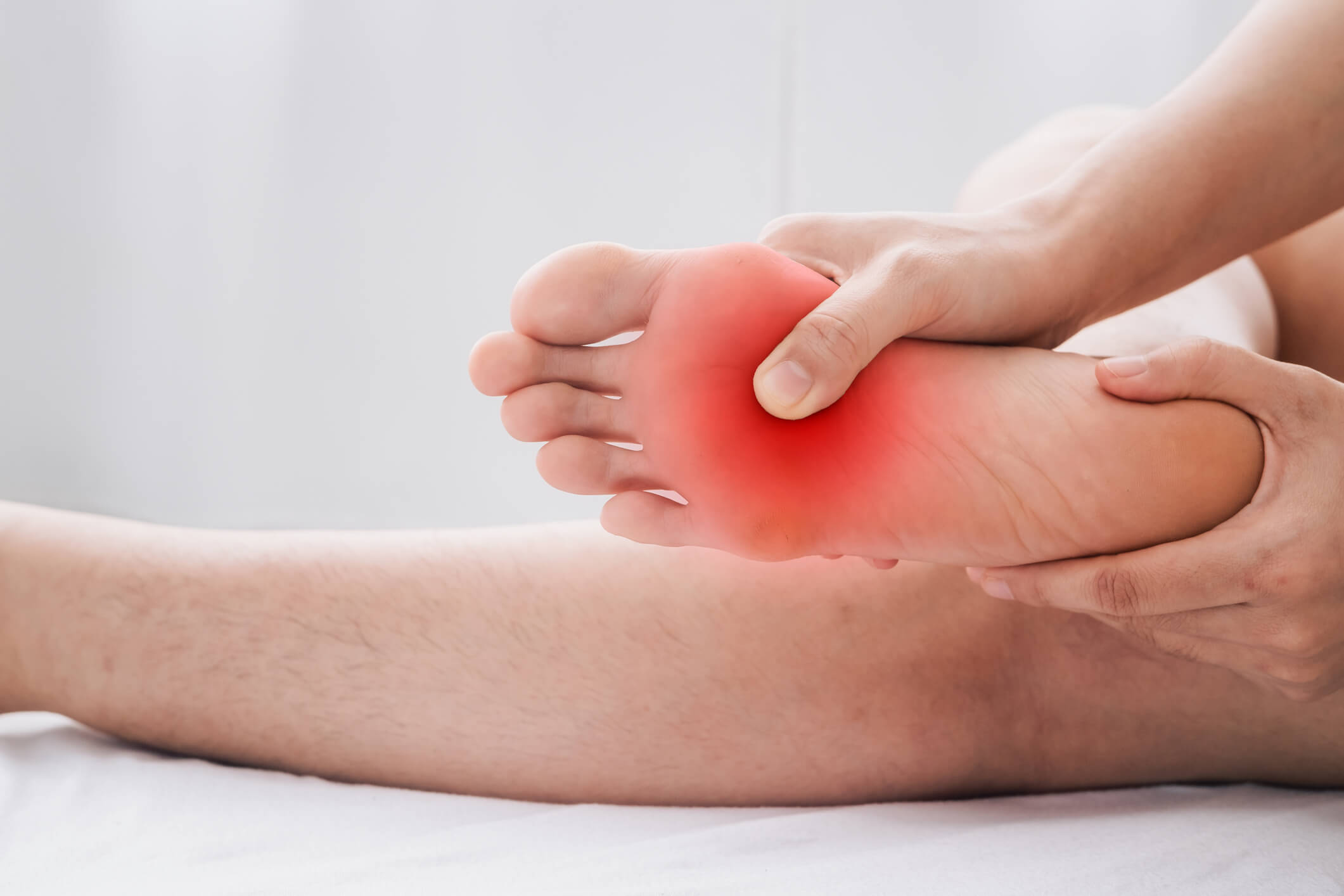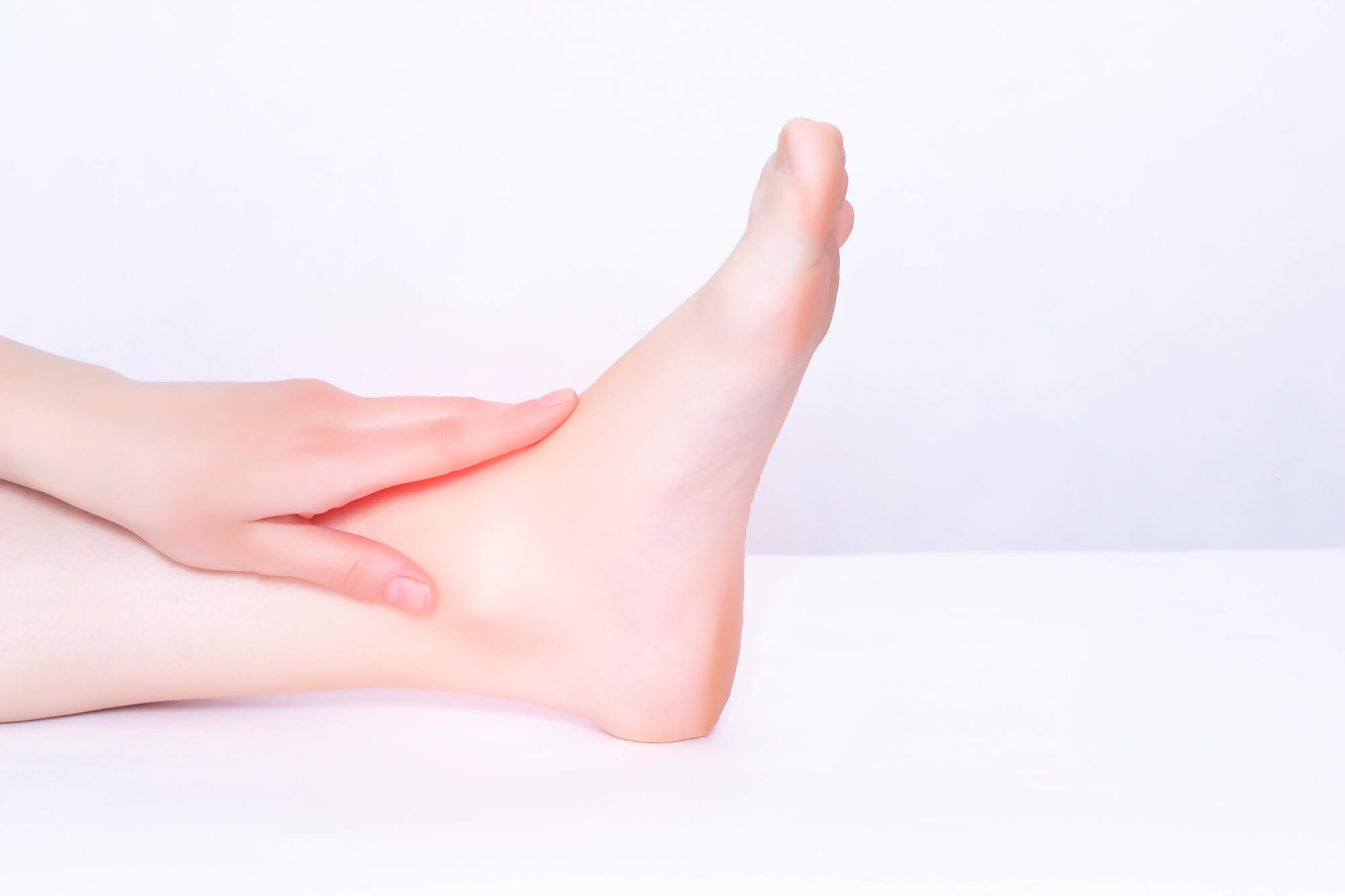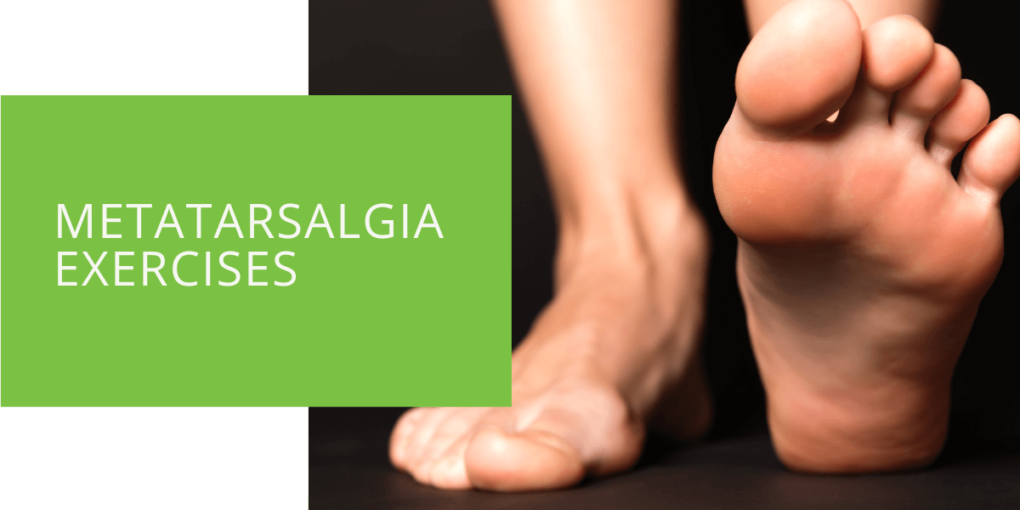Metatarsalgia Exercises
Metatarsalgia is a common foot condition that affects the metatarsal bones in the foot, causing pain in the ball of your foot. Various factors, such as high-impact activities, ill-fitting shoes, or foot deformities, can cause this condition. Fortunately, metatarsalgia exercises can help relieve pain and prevent future problems. This article will discuss some of the best exercises for metatarsalgia.
Understanding Metatarsalgia
Metatarsalgia is a condition that causes pain in the ball of your foot, especially when you walk, stand, or run. This pain can be sharp or dull and feel like a burning sensation. The metatarsals are the long bones in the foot that connect the toes to the ankle. Metatarsalgia occurs when the metatarsals become inflamed or irritated, causing pain and discomfort.
Common Causes of Metatarsalgia
Several factors can contribute to the development of metatarsalgia. Some common causes include high-impact activities such as running or jumping, ill-fitting shoes, foot deformities such as high arches or bunions, and fractures or tendon injuries. To prevent metatarsalgia, it is important to wear proper footwear, avoid high-impact activities, and maintain a healthy weight.

Metatarsalgia Exercises: The Basics
Metatarsalgia exercises can help strengthen the muscles in your feet and reduce pain and discomfort. Here are some of the best exercises for metatarsalgia:
Toe Stretching
Toe stretching is a simple exercise that can help relieve pain in the ball of your foot. Sit in a chair with your feet flat on the ground. Use your toes to scrunch up a towel and then release. Repeat this exercise 10-15 times on each foot.
Toe Gripping
Toe gripping is another effective exercise for metatarsalgia. Sit in a chair with your feet flat on the ground. Use your toes to pick up a marble or small object and hold it for a few seconds. Release the object and repeat the exercise 10-15 times on each foot.
Toe Strengthening
Toe strengthening exercises can help improve the range of motion in your toes and reduce pain in the ball of your foot. Sit in a chair with your feet flat on the ground. Use a resistance band around the ball of your foot and pull your toes toward your heel. Release and repeat the exercise 10-15 times on each foot.
Calf Stretching
Calf stretching can help reduce pain in the ball of your foot by improving the flexibility of your calf muscles. Stand facing a wall with your hands on the wall for balance. Step one foot back and keep your knee straight. Lean forward until you feel a stretch in your calf. Hold for 15-30 seconds and repeat the exercise 2-3 times on each foot.
Foot Strengthening
Foot strengthening exercises can help improve the arches of your feet and reduce pain in the ball of your foot. Sit in a chair with your feet flat on the ground. Use your toes to scrunch up a towel and then release. Repeat this exercise 10-15 times on each foot.

Advanced Metatarsalgia Exercises
In addition to the basic exercises, there are also advanced metatarsalgia exercises that can help strengthen your feet and reduce pain. These exercises may require special equipment or the guidance of a physical therapist.
Balance Exercises
Balance exercises can help improve your gait and reduce the risk of future metatarsalgia problems. Stand on one foot and use a chair or wall for balance. Hold for 30-60 seconds and repeat the exercise 2-3 times on each foot. You can also try standing on an unstable surface, such as a balance board or foam pad, to challenge your balance further.
Calf Strengthening
Calf strengthening exercises can help improve the strength and flexibility of your calf muscles, reducing pain in the ball of your foot. Stand on a step with your heels hanging off the edge. Raise your heels as high as possible and lower them back down. Repeat the exercise 10-15 times.
Arch Strengthening
Arch strengthening exercises can help improve the arches of your feet and reduce pain in the ball of your foot. Stand barefoot on a flat surface and scrunch up a towel with your toes. Hold for a few seconds, and then release. Repeat the exercise 10-15 times on each foot.
Tips for Preventing Metatarsalgia
In addition to metatarsalgia exercises, several tips can help prevent the development of this condition. Some of these tips include:
- Wearing proper footwear that provides support and cushioning for your feet
- Avoiding high-impact activities that can cause stress on your feet
- Maintaining a healthy weight to reduce pressure on your feet
- Using orthotic inserts or arch supports to improve foot alignment
- Stretching your feet and calf muscles regularly to improve flexibility and reduce tension
Conclusion
Metatarsalgia can be a painful and debilitating condition, but it can be managed effectively with the right exercises and preventive measures. By incorporating these metatarsalgia exercises into your routine and following the prevention tips, you can relieve pain and improve the overall health of your feet. If you experience persistent or severe symptoms, however, it is important to seek medical attention from a podiatrist. With the right care and attention, you can keep your feet healthy and pain-free.

